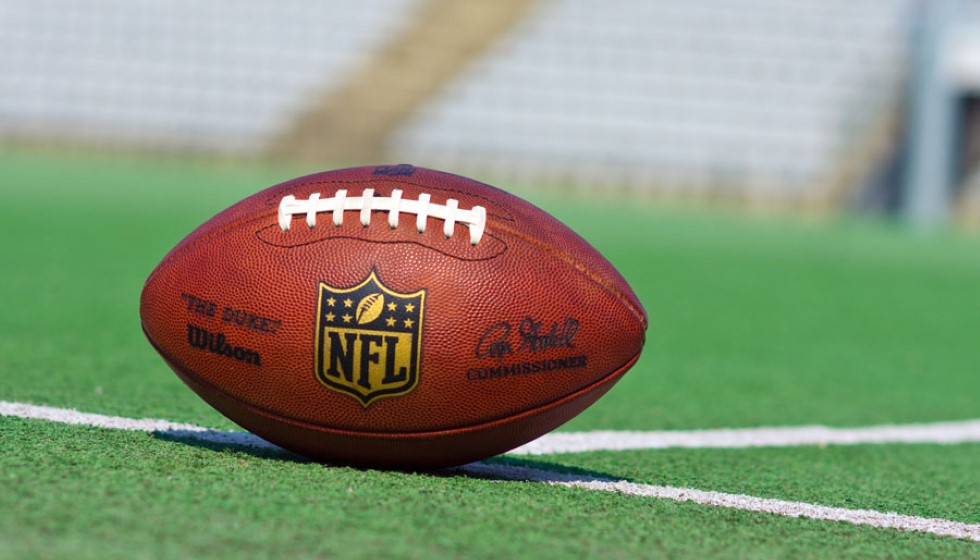
Philadelphia Eagles Face Challenges with Bryce Huff's Diminishing Role
The Philadelphia Eagles' recent acquisition, Bryce Huff, has found himself at the center of conversations surrounding both performance and strategy as the NFL season progresses. Initially showing promise, Huff's involvement has notably decreased with each passing game week, leading to speculation and strategic discussions within the Eagles organization.
Huff, who joined the Eagles roster with a robust three-year contract valued at $51 million, initially demonstrated substantial on-field impact. Early in the season, his snap count was a healthy 28 during the matchup against the Cleveland Browns, indicative of the confidence the coaching staff had in his abilities. However, as the weeks unfolded, Huff's on-field presence has waned. By the time the Eagles faced the Cincinnati Bengals, his snap count had diminished to 22, raising questions about his role moving forward. These concerns have been compounded by a significant dip in his participation since Week 6, specifically noted during the Eagles' Week 9 encounter with the Jacksonville Jaguars, where Huff was utilized for a mere six snaps.
One potential factor contributing to Huff's reduced participation is a hand injury, which has visibly affected his performance. Eagles' head coach Nick Sirianni shed light on the situation, remarking, "Bryce came off the field after warmups. Again, I won't talk too much about the injury, but his hand was bothering him, and he was getting treatment in the locker room after warmups. So, we were trying to protect him there." This protective stance might help explain his increasingly limited role in recent games.
Despite these challenges, Huff has managed to maintain a commendable level of productivity on the field. He has logged 11 quarterback pressures this season, alongside recording three quarterback hits and contributing 1.5 sacks. Particularly since the Eagles' Week 6 bye, Huff has notched 8 pressures and 1.5 sacks, illustrating that even in limited playing time, his defensive prowess remains impactful.
However, the dynamics within the Eagles' strategic framework complicate Huff's situation. There are ongoing trade discussions that could potentially see him leaving the team. The Eagles are likely weighing up these options with a careful eye on financial consequences, given that such a move would involve a significant dead cap hit.
Trade considerations aside, Huff's progression—or lack thereof—reflects broader strategic shifts within the Eagles' defensive line, as well as the adaptability required by player and coaching staff alike in navigating the rigors of the NFL. As the team attempts to balance Huff's evident talent against his injury and strategic fit, they must also consider the implications of potential trades on their financial and on-field strategy.
For now, the Eagles need to establish a path forward for Huff that maximizes his contributions while accommodating his recovery and addressing any tactical realignments. The road ahead will require the Eagles to undertake careful evaluations both on and off the field, as they balance these elements in pursuit of continued competitive success. The evolving situation points to a season filled with pivotal decisions for the player, coaches, and the front office of the Eagles.